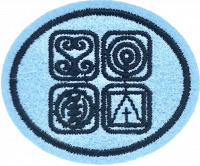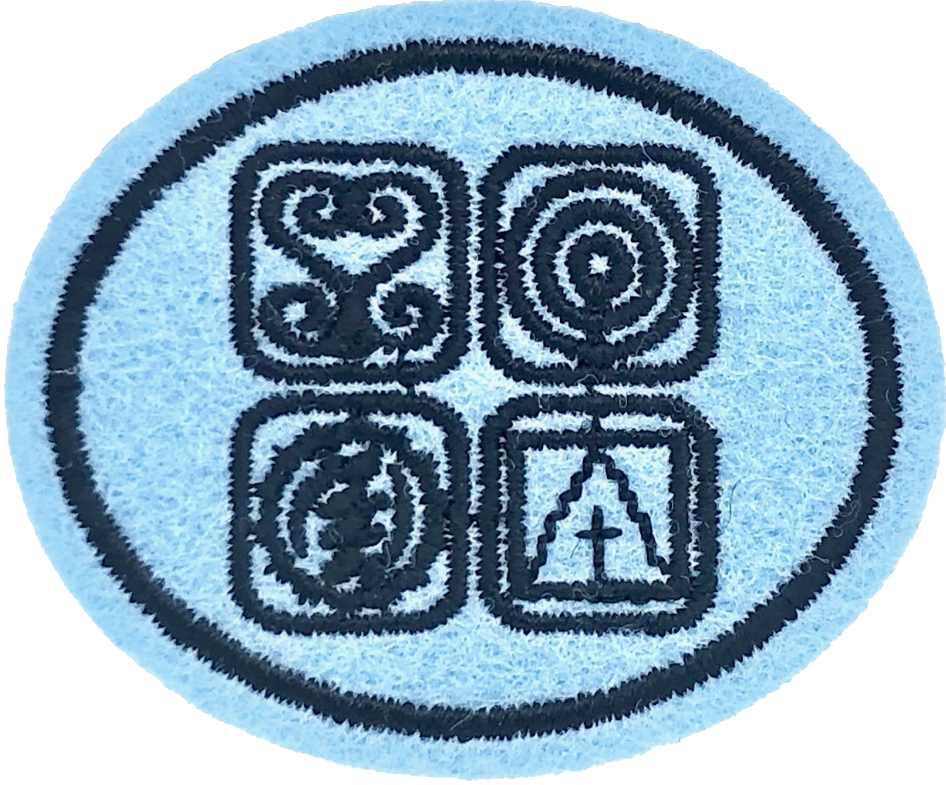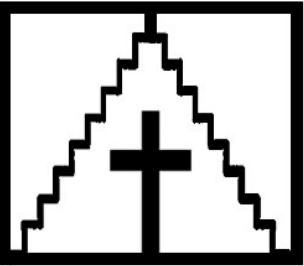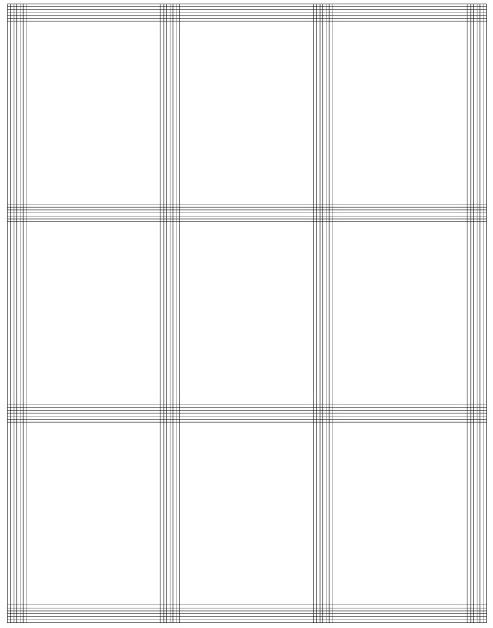Difference between revisions of "AY Honors/Adinkra/Answer Key/es"
From Pathfinder Wiki
(Created page with "</noinclude> <!-- 6. ¿Cuáles son los otros usos de los símbolos de Adinkra? -->") |
(Created page with "</noinclude> <!-- 9. Dibujar el símbolo de Adinkra para templo. --> File:Temple Adinkra symbol.png") |
||
| Line 47: | Line 47: | ||
<!-- 7. Sellar y escribir una descripción de cinco símbolos de Adinkra. --> | <!-- 7. Sellar y escribir una descripción de cinco símbolos de Adinkra. --> | ||
| − | + | {{clear}} | |
| − | |||
| − | |||
| − | |||
| − | + | {{clear}} | |
| − | |||
| − | |||
| − | |||
| − | + | {{clear}} | |
| − | |||
| − | |||
| − | + | <noinclude></noinclude> | |
| − | <noinclude | ||
| − | |||
{{CloseReq}} <!-- 7 --> | {{CloseReq}} <!-- 7 --> | ||
{{ansreq|page={{#titleparts:{{PAGENAME}}|2|1}}|num=8}} | {{ansreq|page={{#titleparts:{{PAGENAME}}|2|1}}|num=8}} | ||
| − | <noinclude> | + | <noinclude></noinclude> |
| − | </noinclude> | + | <!-- 8. Conocer por lo menos 10 símbolos de Adinkra de los 20 seleccionados. --> |
| − | <!-- 8. | ||
| − | |||
<div lang="en" dir="ltr" class="mw-content-ltr"> | <div lang="en" dir="ltr" class="mw-content-ltr"> | ||
| Line 179: | Line 167: | ||
</div> | </div> | ||
| − | + | <noinclude></noinclude> | |
| − | <noinclude | ||
| − | |||
{{CloseReq}} <!-- 8 --> | {{CloseReq}} <!-- 8 --> | ||
{{ansreq|page={{#titleparts:{{PAGENAME}}|2|1}}|num=9}} | {{ansreq|page={{#titleparts:{{PAGENAME}}|2|1}}|num=9}} | ||
| − | <noinclude> | + | <noinclude></noinclude> |
| − | </noinclude> | + | <!-- 9. Dibujar el símbolo de Adinkra para templo. --> |
| − | <!-- 9. | ||
[[File:Temple Adinkra symbol.png]] | [[File:Temple Adinkra symbol.png]] | ||
| − | |||
| − | + | <noinclude></noinclude> | |
| − | <noinclude | ||
| − | |||
{{CloseReq}} <!-- 9 --> | {{CloseReq}} <!-- 9 --> | ||
{{ansreq|page={{#titleparts:{{PAGENAME}}|2|1}}|num=10}} | {{ansreq|page={{#titleparts:{{PAGENAME}}|2|1}}|num=10}} | ||
| − | <noinclude> | + | <noinclude></noinclude> |
| − | </noinclude> | + | <!-- 10. Sellar por lo menos tres tipos diferentes de símbolos de Adinkra de su elección (en su patrón preferido) en la cuadrícula de diseño de tela Adinkra. --> |
| − | <!-- 10. | ||
| − | |||
| − | |||
[[File:Adinkra Cloth Design Grid.png]] | [[File:Adinkra Cloth Design Grid.png]] | ||
| − | |||
| − | + | <noinclude></noinclude> | |
| − | <noinclude | ||
| − | |||
{{CloseReq}} <!-- 10 --> | {{CloseReq}} <!-- 10 --> | ||
<noinclude><div lang="en" dir="ltr" class="mw-content-ltr"> | <noinclude><div lang="en" dir="ltr" class="mw-content-ltr"> | ||
Revision as of 12:44, 13 May 2021
Adinkra
Nivel de destreza
Desconocido
Año
2012
Version
02.12.2025
Autoridad de aprobación
Unión Británica
1
Explicar las funciones de los símbolos de Adinkra.
2
Describir el origen de los símbolos de Adinkra.
3
¿Cuál es el significado de los símbolos de Adinkra?
4
¿Cuál es el significado bíblico de los símbolos?
5
¿Cuáles son los tres tipos principales de Adinkra?
6
¿Cuáles son los otros usos de los símbolos de Adinkra?
7
Sellar y escribir una descripción de cinco símbolos de Adinkra.
8
Conocer por lo menos 10 símbolos de Adinkra de los 20 seleccionados.
9
Dibujar el símbolo de Adinkra para templo.
10
Sellar por lo menos tres tipos diferentes de símbolos de Adinkra de su elección (en su patrón preferido) en la cuadrícula de diseño de tela Adinkra.
























